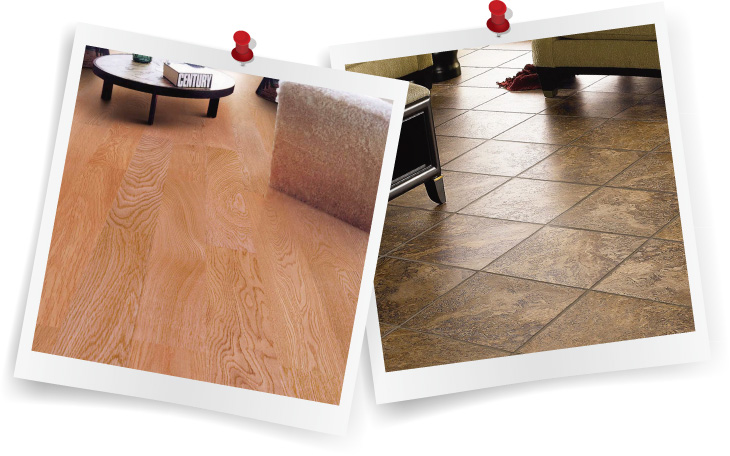SPC, which stands for Stone Plastic (or Polymer) Composite, features a core that is typically comprised of around 60% calcium carbonate (limestone), polyvinyl chloride and plasticizers.
WPC, on the other hand, stands for Wood Plastic (or Polymer) Composite. Its core typically consists of polyvinyl chloride, calcium carbonate, plasticizers, a foaming agent, and wood-like or wood materials such as wood flour. Manufacturers of WPC, which was originally named for the wood materials it was comprised of, are increasingly replacing the various wood materials with wood-like plasticizers.
The makeup of WPC and SPC is relatively similar, though SPC consists of far more calcium carbonate (limestone) than WPC, which is where the “S” in SPC stems from; it has more of a stone composition.
These are some contradistinctions of two types flooring as following:
Exterior
There is not much difference between SPC and WPC in terms of what designs each one offers. With today’s digital printing technologies, SPC and WPC tiles and planks that resemble wood, stone, ceramic, marble, and unique finishes are easy to produce both visually and texturally.
Structure
Similar to dryback luxury vinyl flooring (which is the traditional type of luxury vinyl that requires an adhesive to install), SPC and WPC flooring are comprised of multiple layers of backing that are fused together. However, unlike dryback flooring, both flooring options feature a rigid core and are a harder product all around.
Because SPC’s core layer is comprised of limestone, it has a higher density in comparison to WPC, though is thinner overall. This makes it more durable compared to WPC. Its high density offers better resistance from scratches or dents from heavy items or furniture being placed on top of it and makes it less susceptible to expansion in cases of extreme temperature change.

Use
In terms of which product is better overall, there isn’t one clear winner. WPC and SPC have many similarities, as well as a few keys differences. WPC may be more comfortable and quieter underfoot, but SPC has a higher density. Choosing the right product really depends on what your flooring needs are for a particular project or space.
Another highlight for both SPC and WPC, aside from their easy-to-install click locking system, is that they do not require extensive subfloor prep prior to installation. Though installing over a flat surface is always a good practice to be in, floor imperfections like cracks or divots are more easily hidden with SPC or WPC flooring due to their rigid core composition. Besides, when it comes to comfort, WPC is generally more comfortable underfoot and less dense than SPC due to the foaming agent it is typically comprised of. Because of this, WPC is especially well suited for environments where employees or patrons are constantly on their feet.
Both work well in commercial interior spaces. WPC is softer and quieter underfoot, while SPC offers better resistance from scratches or dents.
Post time: Oct-29-2018

